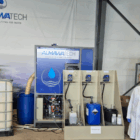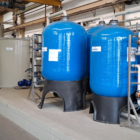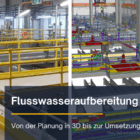Emulsion splitting is a central process in industrial wastewater treatment in which stable oil-water mixtures are separated. These emulsions are often produced in the metal processing, food, petrochemical and recycling industries. The challenge lies in the fact that the fine distribution of the oil droplets is stabilized by emulsifiers, which prevents simple separation by mechanical processes.
Table of contents
Technical background
An emulsion consists of two immiscible liquids, e.g. oil and water, which are stabilized by emulsifiers. The process of emulsion splitting aims to eliminate this stabilization, separate the phases and remove contaminants. Various processes and technologies are used for this:
1. Chemical emulsion splitting
- Coagulation and flocculation: The addition of chemicals such as precipitants (e.g. iron or aluminum salts) or cationic cationic polymers neutralizes the emulsifiers and leads to aggregation of the oil droplets.
- pH adjustment: Emulsions can be destabilized through targeted pH value changes, which is particularly effective when treating acidic or alkaline emulsions.

Photo: CP system ALMA CHEM MCW for the elimination of heavy metals, AOX, hydrocarbons and cyanides
2. mechanical separation processes
- Flotation systems: Dissolved air flotation systems such as the ALMA NeoDAF efficiently separate the finest oil droplets.
- Centrifuges and decanters: Here, separation is supported by centrifugal force, whereby oil and water are separated due to their different densities.
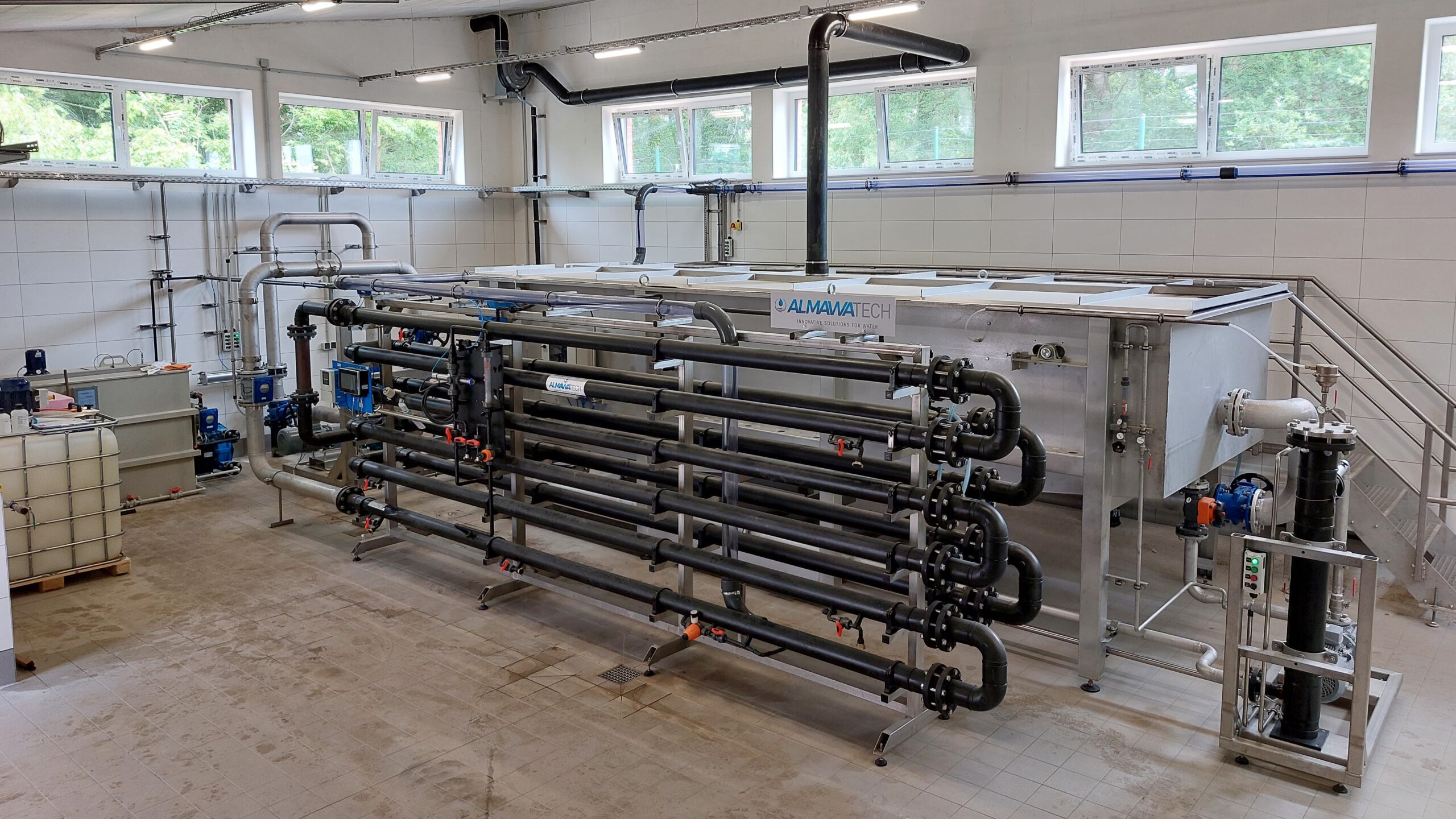
Photo: ALMA NeoDAF flotation plant
3. thermal processes
- Heating reduces the viscosity of the emulsion, which facilitates phase separation.
4. membrane process
- ultrafiltration or nanofiltration are particularly effective for very stable emulsions. These processes can remove fine oil droplets and pollutants from the water, but they require pre-treatment to prevent fouling.
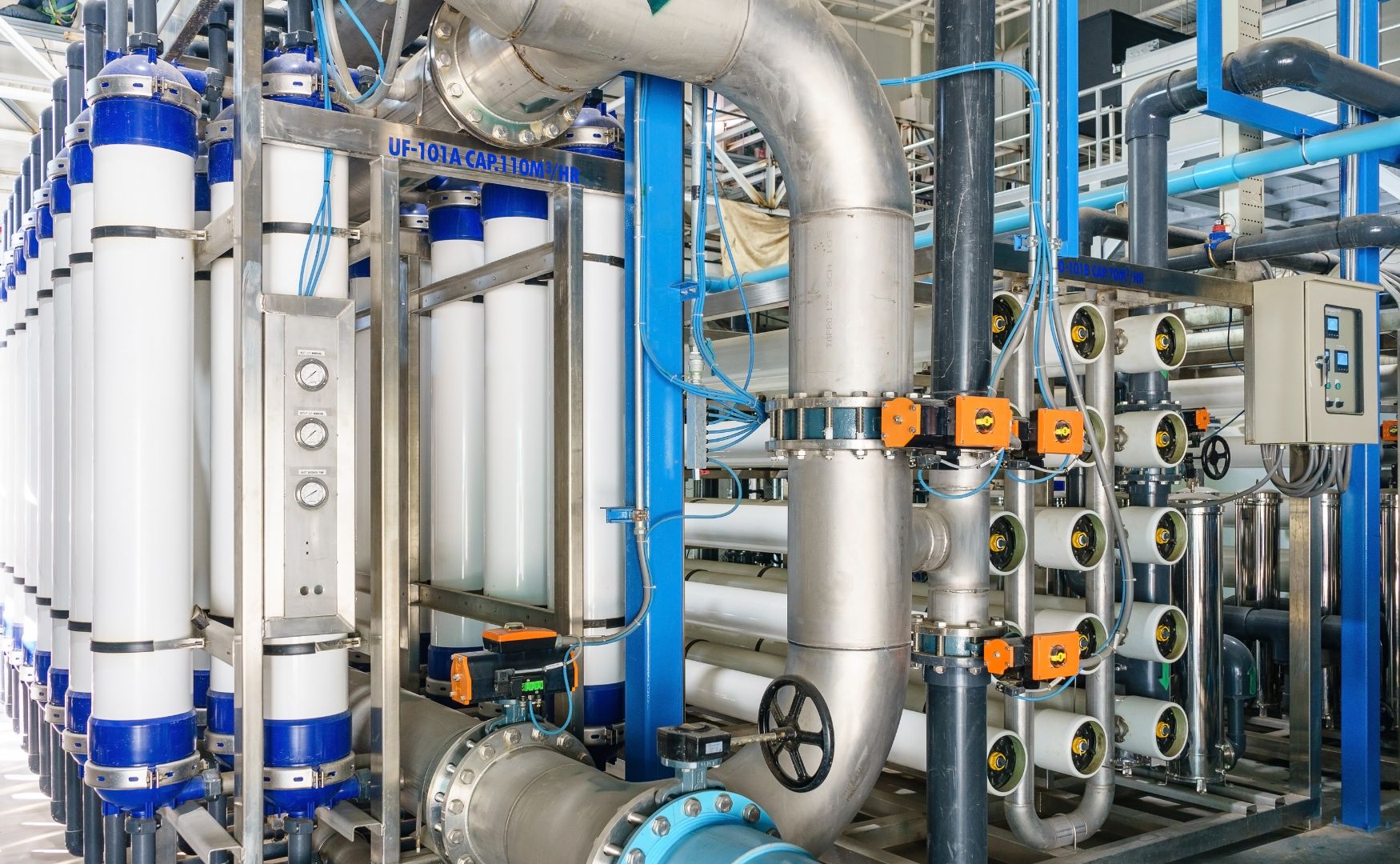
Photo: Ultrafiltration system and reverse osmosis system
Areas of application
- Metal processing and electroplating: Removal of oily residues and emulsions from washing and cooling water.
- Food industry: Separation of fat-water emulsions, especially in the processing of dairy products and deep-frying fats.
- Petrochemicals and refineries: Treatment of oily wastewater produced during the processing of crude oil.
- Recycling industry: Treatment of oily waste to recover oil and water.
Advantages of emulsion splitting
- Efficient separation of pollutants: reduction of organic impurities and mineral oil residues in wastewater.
- Cost savings: Reduction of disposal costs through recovery of water and oils.
- Compliance with legal limits: The treatment enables compliance with strict environmental regulations.
- Reuse: Purified water can be fed back into the production process.
Emulsion splitting with ALMAWATECH
ALMAWATECH offers a wide range of solutions for emulsion splitting. Our CP systems and flotation systems, such as the ALMA CHEM MCW and ALMA NeoDAFare specially designed for the efficient treatment of emulsions. We also carry out laboratory and pilot tests to determine the optimum process and the right chemicals for your specific wastewater.
Conclusion
Emulsion splitting is an essential technology for numerous industries to deal with oily wastewater in an environmentally friendly and economical way. With customized systems from ALMAWATECH, companies can design their wastewater treatment efficiently and reduce costs at the same time.
For further information on our products, please feel free to contact us at any time!




